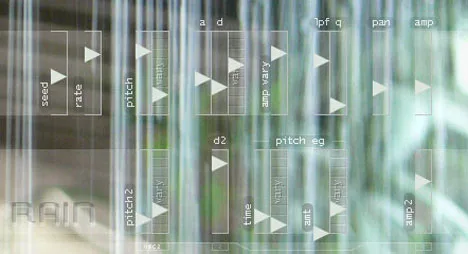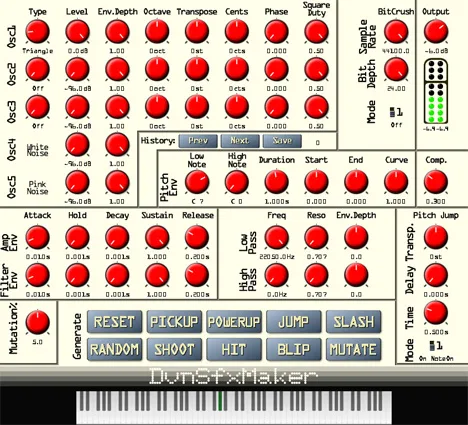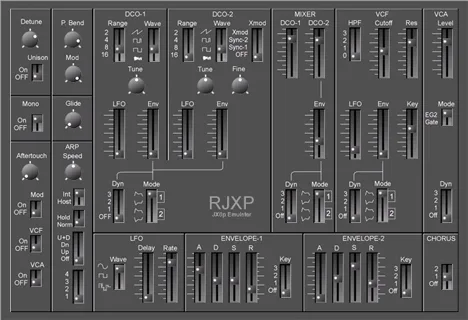Rain: The Simplicity of Subtractive Synthesis with Minimal CPU Load
In the world of digital audio, where complex, multi-layered synthesizers often demand significant computer resources, it is sometimes the simple and efficient tools that become true gems. The Rain plugin by Xoxos is one such case. It offers a clean and focused subtractive synthesis sound while maintaining incredibly low CPU load. This makes it an ideal choice for both experienced producers looking for a quick idea tool and for beginners or owners of less powerful systems.
Rain isn’t a monster with a thousand functions, but rather an elegant tool focused on the basics of subtractive synthesis. This method of sound generation relies on creating a signal rich in overtones (usually from basic waveforms like saw or square) and then “subtracting” (filtering) unwanted frequencies to shape the desired timbre. It is this classic approach that underlies the sound of many legendary synthesizers of the past.
Features and Advantages
The main advantage of Rain, as stated by the developer, is its “low CPU emulation.” This means that the plugin emulates the operation of a subtractive synthesizer using minimal computing resources. In modern production, where there can be dozens of tracks with different plugins in one project, load optimization is critical. Rain allows you to add as many synth parts as you need without fear of overloading the system.
Key aspects of Rain:
- Subtractive Synthesis: Allows you to create classic timbres, from ringing leads and rich pads to deep bass lines. By learning the basics of working with this plugin, you are simultaneously mastering the fundamental principles of sound synthesis.
- Low CPU Load: Ideal for complex projects, live performances, or working on weaker computers. You can use many instances of Rain simultaneously without noticeable delays.
- Simplicity and Intuitiveness: Although the visual interface is not described, plugins based on a simple subtractive model with a low load usually have an understandable arrangement of controls: oscillators, filters (cutoff frequency, resonance), envelopes (ADSR), possibly LFOs. This makes it accessible even for those who are just starting to get acquainted with the world of synthesizers.
- Focus on Sound: Without unnecessary distractions, you can focus on the most important thing – shaping a unique timbre.
Rain’s Potential Applications in Your Music
Despite its simplicity, Rain can be an extremely versatile tool in the right hands. Its clean, un-digitalized (thanks to the emulation) sound fits perfectly into various genres.
Rain is perfect for creating:
- Warm Pads: Using slow attacks and releases, as well as a little filtering, you can get enveloping atmospheric sounds.
- Sharp Leads: Fast envelopes and the use of resonance on the filter will help to carve out bright melodic lines in the mix.
- Deep Basses: Simple waveforms (sine, saw) with short envelopes can create dense and springy bass parts.
- Effects and Textures: Experiments with modulation and filtering can lead to the creation of interesting sound effects, noises, or ambient textures.
- Retro-style Sounds: The simplicity of the architecture resembles vintage synthesizers, which allows you to easily get authentic sounds for genres like Synthwave, Lo-fi, or 80s electronic music.
Technical Details
The Rain plugin is available in VST format and is compatible with the Windows (Win32) operating system. Make sure that your DAW (digital audio workstation) supports this format and bit depth for the plugin to work correctly.
Overall, Rain by Xoxos is an example of how a minimalist approach can yield excellent results. It’s a reliable, efficient, and easy-to-use tool for subtractive synthesis that won’t burden your computer and will be a useful addition to your collection of VST instruments.



